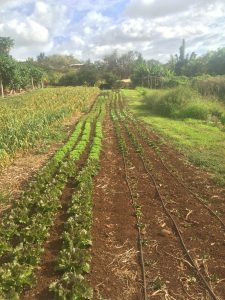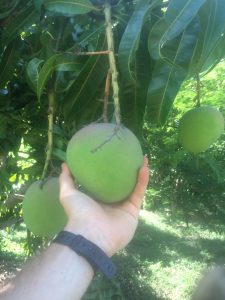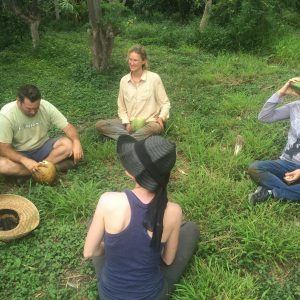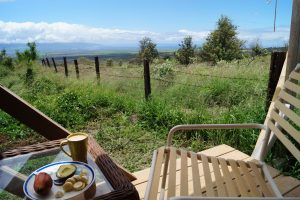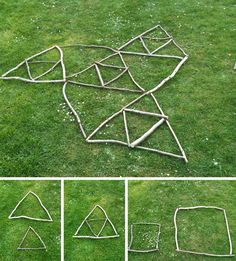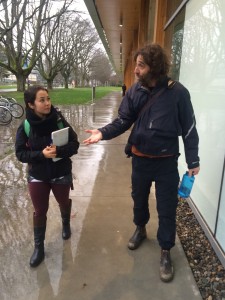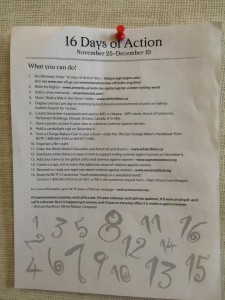This last week has been a great way to wrap up my time on the farm. I helped out at the farmers market today and now I feel like I’ve experienced the full cycle of organic farming. Week 1 I worked with compost and planted many crops. Week 2 I maintained the beds and even made my own stretch of garden. Week 3 I sold some produce at the farmers market. 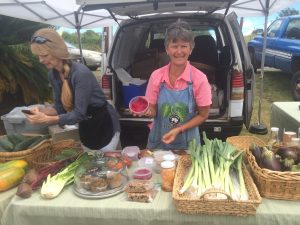
It’s been such a great time. I think being able to come out of this experience with some teaching ideas is great, but what will stick with me is the knowledge, confidence and independence I’ve gained over the course of the entire CFE. I think the process from beginning to end prepared me for encounters that I’ll come across everyday in the teaching profession. From researching where to live, contacting my hosts and building rapport over email, meeting new people everyday, and figuring out how farming works; I can see how these may all be paralleled throughout my teaching career. Parent-teacher interviews, preparing for contracts overseas, and teaching new curriculum are all job-related activities that I can feel more comfortable with after my time here.
Moving forward, I will be sure to recommend this international placement for future teacher candidates. The entire process was so smooth, inviting. The hosts, Gerry and Janet made it what it was by reciprocating my help with their kindness and hospitality.
Aloha,
Chris

